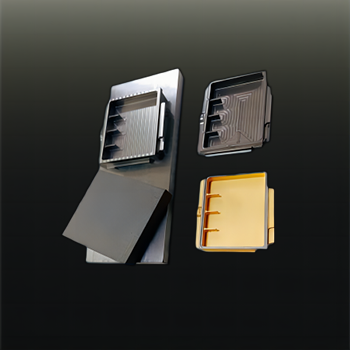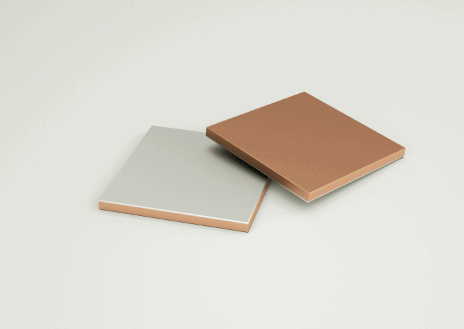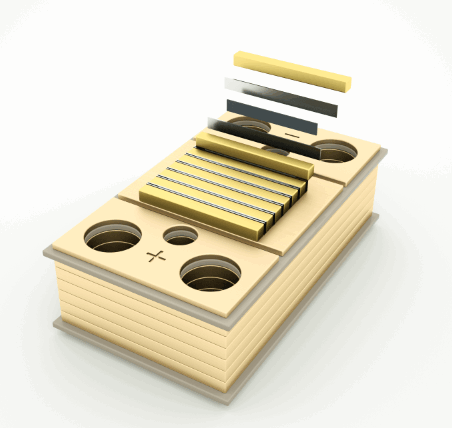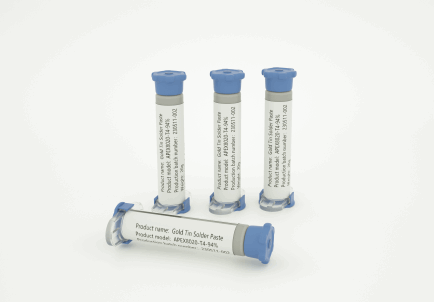The Dark Side of 'No-Clean' Flux: 3 Hidden Risks in High-Humidity Environments
The Dark Side of 'No-Clean' Flux: 3 Hidden Risks in High-Humidity Environments
In the world of electronics assembly, no-clean flux has gained popularity for its convenience. It eliminates the need for post-solder cleaning, saving time and reducing labor costs. However, what many don't realize is that using no-clean flux in high-humidity environments can introduce several hidden risks that compromise solder joint integrity and long-term device reliability. As solder reliability tests continue to reveal, these risks are often overlooked until it's too late.
Let's explore the 3 hidden risks of using no-clean flux in humid environments, and how they can affect your electronic products.
1. Corrosion and Flux Residue Build-Up
While no-clean flux is marketed as residue-free, it's important to understand that it does leave behind a thin, often invisible layer of flux residue after soldering. In high-humidity environments, this residue can absorb moisture from the air, leading to:
- Corrosion of Solder Joints: The absorbed moisture can cause the flux residue to break down over time, leading to corrosion on the solder joints. This significantly weakens the integrity of the joints, increasing the risk of failure.
- Increased Electrical Conductivity: Flux residues, especially when exposed to humidity, can become conductive, causing short circuits or electrical leakage, which is especially dangerous in sensitive electronics like medical devices, automotive electronics, or military applications.
In environments where moisture levels fluctuate, the risks associated with flux residues are amplified. If left unchecked, the device's performance could degrade much sooner than expected.
2. Reduced Solder Joint Strength Over Time
One of the most significant drawbacks of no-clean flux in high-humidity environments is the potential for reduced solder joint strength. Here's why:
- Moisture Absorption: The solder joints formed with no-clean flux can absorb moisture over time, which weakens the solder joint. This results in fatigue failure during thermal cycling or under mechanical stress, a common scenario in products exposed to varying temperatures and humidity levels.
- Aging Effects: As the moisture interacts with the flux residue, it can cause the solder material to degrade, lowering the mechanical strength of the solder joints and causing them to become brittle. In applications like aerospace or automotive electronics, where reliability and strength are crucial, this can lead to catastrophic failures.
Manufacturers often conduct solder reliability tests to ensure that products meet performance standards. However, in high-humidity conditions, these tests might not always reveal the long-term effects of moisture absorption unless specific conditions are simulated over time.
3. Difficulty in Detecting Flux Residue and Contamination
No-clean flux is designed to leave minimal residue, which can be a challenge when inspecting the final product. In high-humidity environments, detecting potential contamination from the flux residue becomes even more difficult. Here's how this can impact the quality of your product:
- Invisible Contamination: While the flux residue is often invisible to the naked eye, it can still cause performance issues. In humid environments, contaminants from the residue can attract dust, dirt, and other particles, affecting the overall quality of the solder joints.
- Compromised Performance: Even small amounts of residue can compromise the performance of sensitive electronic components by interfering with signal transmission or causing increased heat generation. If the contamination is not detected, the device may fail under normal operating conditions, leading to costly recalls or repairs.
This issue is especially critical for industries like medical electronics or military applications, where precision and reliability are paramount. Detection systems or additional cleaning steps might be necessary, which defeats the purpose of using no-clean flux in the first place.
Conclusion: Are No-Clean Flux and High-Humidity Environments Compatible?
While no-clean flux offers convenience, it’s not without its risks, especially in high-humidity environments. The potential for corrosion, weakened solder joints, and hidden contamination can lead to significant reliability issues, particularly for products requiring long-term performance in demanding conditions.
To ensure solder reliability, it's crucial to conduct thorough solder reliability tests, especially under varying environmental conditions, including high humidity. If you're working in a high-humidity environment, consider evaluating alternative flux types or additional cleaning steps to ensure that your products meet the required performance and durability standards.
At Apex New Materials, we offer advanced flux solutions designed to meet the needs of high-humidity environments while ensuring optimal solder joint strength and reliability. Contact us today to learn how we can help you achieve the highest level of performance in your electronic assemblies.
Learn more about our soldering solutions
Contact Apex New Materials




